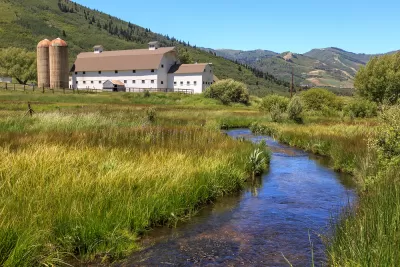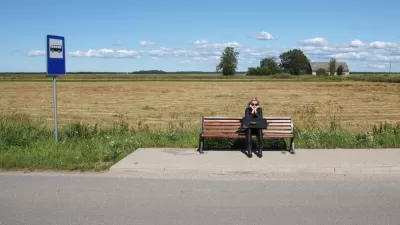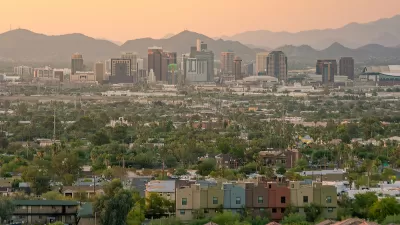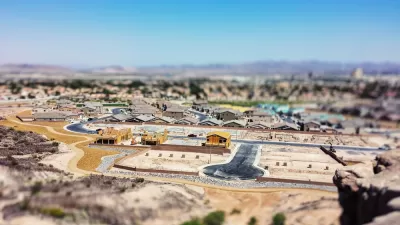Urban vs. rural is just one example of the many false dichotomies presented as fact during the presidential campaign. A more nuanced understanding of these terms reveals more of the country's real character.

"Notwithstanding…political divisions, a close look at the data shows that urban and rural America are not as distant, economically or geographically, as the rhetoric may suggest," according to an article by Alan Berube.
To back up that argument, Berube calls on the definitions used by the U.S. Census Bureau to distinguish between urban and rural. "The Bureau classifies more densely developed areas as urban, and identifies large clusters of urban territory (with populations exceeding 50,000) as 'urbanized areas.' Urbanized areas, in turn, form the basis for identifying metropolitan areas, which approximate regional labor markets…" Areas that don't meet urban densities are classified as rural.
The catch, however, is that many of those rural areas are included in metropolitan areas. In fact, according to Berube, 54 percent of people living in areas classified as rural also live in metropolitan areas. "These 32 million residents of rural communities are thus part of wider labor markets that cluster around one or more cities, and most of them likely live within a reasonable commuting distance of those cities," writes Berube.
Rather than trying to make rural communities seem more urban, however, Berube's argument serves to prove the proximity, economically and geographically, of urban and rural communities.
FULL STORY: Political rhetoric exaggerates economic divisions between rural and urban America

Alabama: Trump Terminates Settlements for Black Communities Harmed By Raw Sewage
Trump deemed the landmark civil rights agreement “illegal DEI and environmental justice policy.”

Study: Maui’s Plan to Convert Vacation Rentals to Long-Term Housing Could Cause Nearly $1 Billion Economic Loss
The plan would reduce visitor accommodation by 25% resulting in 1,900 jobs lost.

Planetizen Federal Action Tracker
A weekly monitor of how Trump’s orders and actions are impacting planners and planning in America.

Wind Energy on the Rise Despite Federal Policy Reversal
The Trump administration is revoking federal support for renewable energy, but demand for new projects continues unabated.

Passengers Flock to Caltrain After Electrification
The new electric trains are running faster and more reliably, leading to strong ridership growth on the Bay Area rail system.

Texas Churches Rally Behind ‘Yes in God’s Back Yard’ Legislation
Religious leaders want the state to reduce zoning regulations to streamline leasing church-owned land to housing developers.
Urban Design for Planners 1: Software Tools
This six-course series explores essential urban design concepts using open source software and equips planners with the tools they need to participate fully in the urban design process.
Planning for Universal Design
Learn the tools for implementing Universal Design in planning regulations.
Caltrans
Smith Gee Studio
Institute for Housing and Urban Development Studies (IHS)
City of Grandview
Harvard GSD Executive Education
Toledo-Lucas County Plan Commissions
Salt Lake City
NYU Wagner Graduate School of Public Service





























